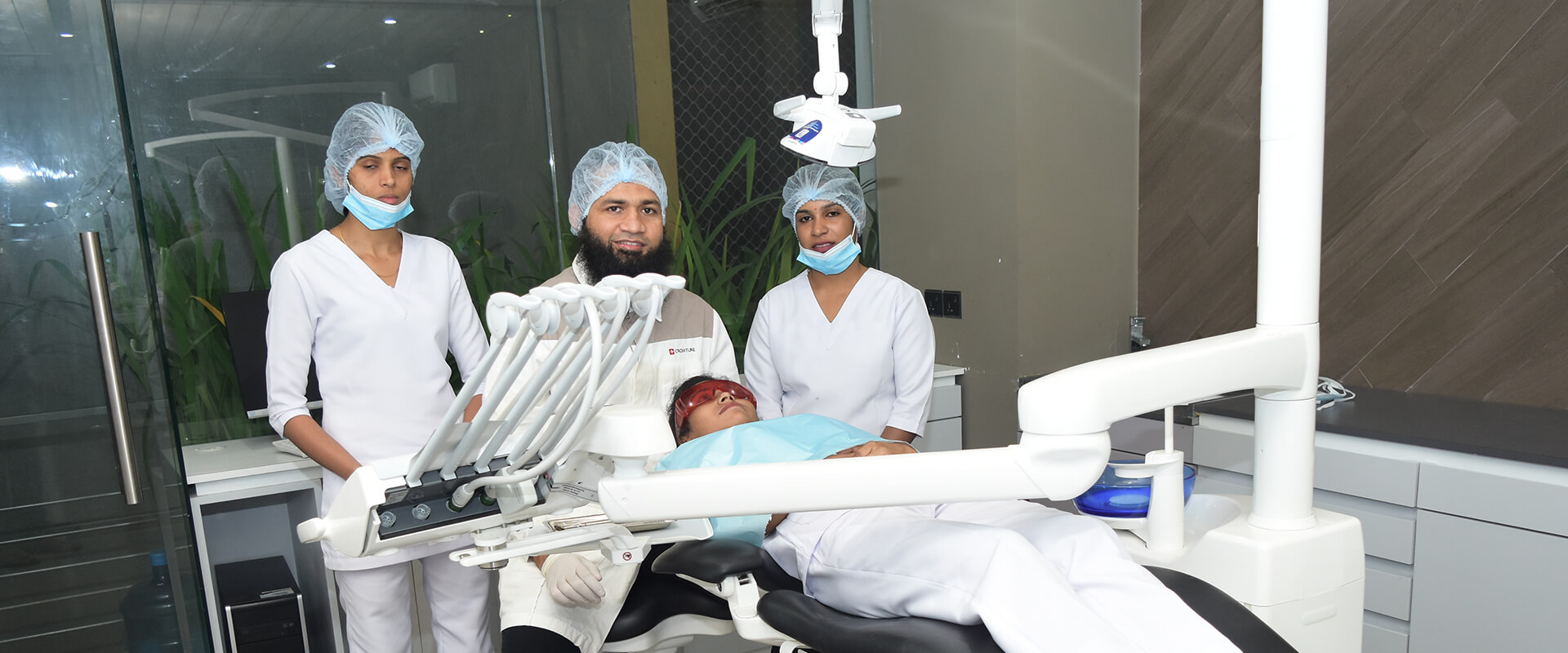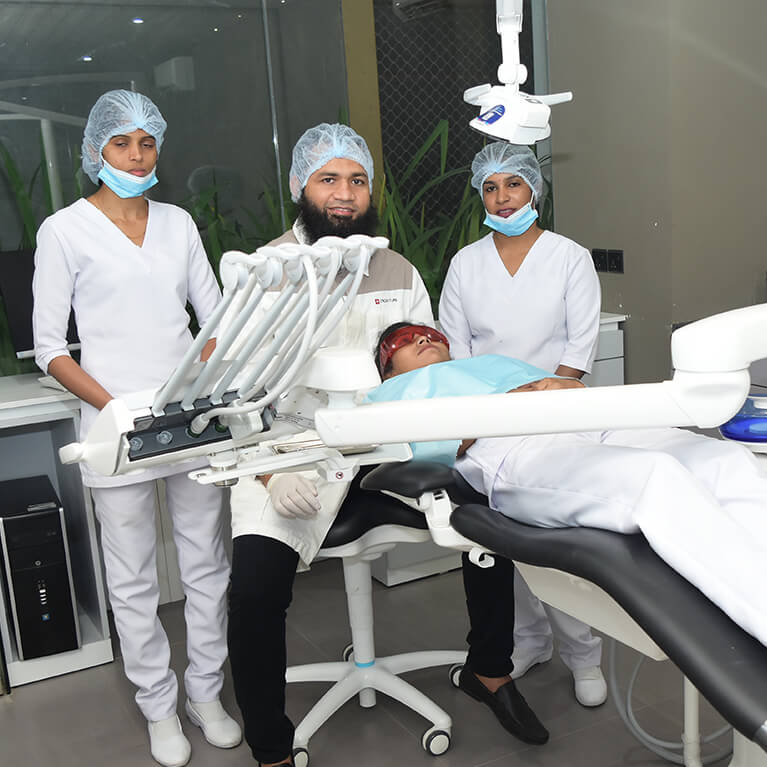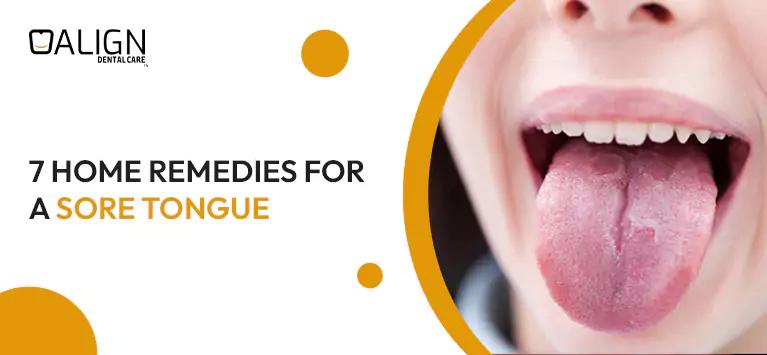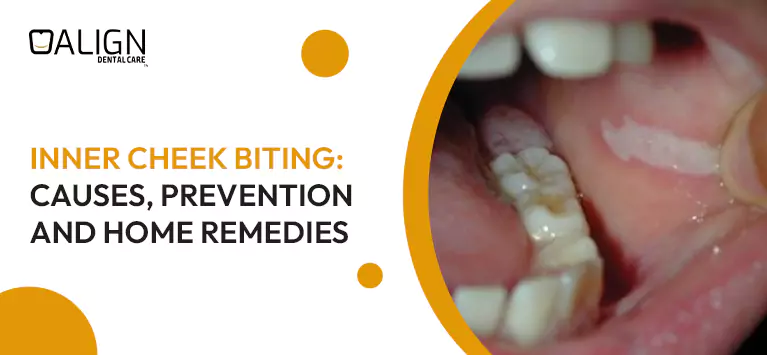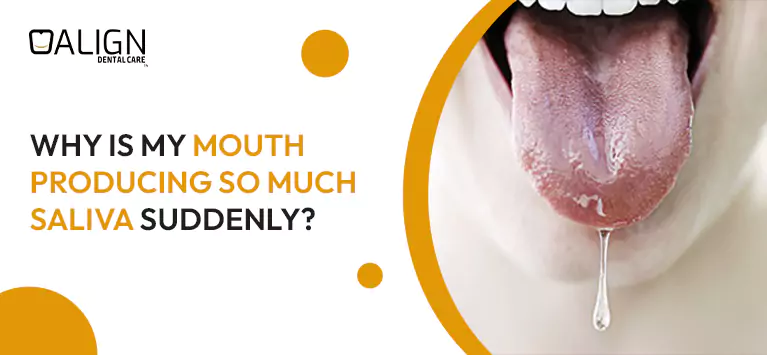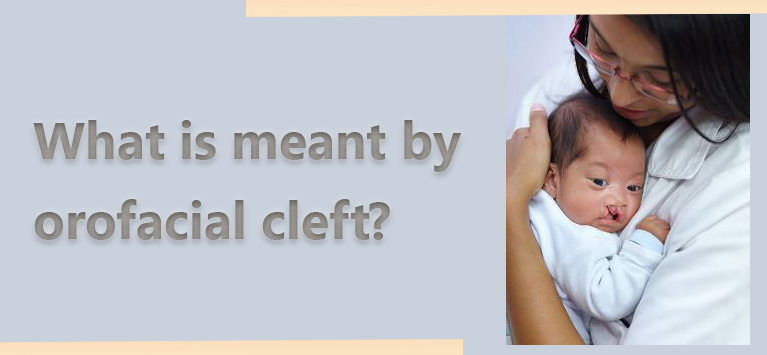
What is meant by orofacial cleft?
This abnormality is caused by the combination of environmental and genetic factors, resulting in a reduced quality of life. Managing this irregularity involves a team that includes a speech therapist, cleft surgeon, orthodontist, dentist, etc. This study includes reviewing the different orofacial clefts literature, discussing genetic-based problems, related syndromes, and managing them. Prospective mother counseling should be encouraged to ensure that the early signs of the abnormality are prevented. To build awareness about its preventive steps, information on orofacial clefts must be promoted. More research needs to be placed on cleft genetics studies to determine possible risk factors that may predispose individuals to the disorder.
Three variants of this disorder can be found:
- Cleft lip
- Cleft palate
- Cleft lip and palate
Cleft lip
The lip develops during the fourth and seventh weeks of pregnancy. During pregnancy, as a baby grows, special cells and body tissue and from each part of the head develop towards the middle of the face and come together to form the face. This tissue joining makes facial features, such as the mouth and the lips. If the tissue that forms the lip doesn’t fully join before birth, a cleft lip occurs. This results in the upper lip opening. The gap in the lip may be a tiny slit, or it can be a wide gap that goes into the nose via the lip. A cleft lip will be on one or even both sides of the lip, or in the center of the lip, very rarely occurring. Children with a cleft lip may have a cleft palate too.
Cleft palate
The mouth roof (palate) is developed during the six to nine weeks of pregnancy. A cleft palate occurs during pregnancy when the tissue that forms the mouth ‘s roof doesn’t completely fit together. In certain babies, the front and back sections of the palate are free. Just a portion of the palate is open to other babies.
Cleft lip and palate
Cleft lips and cleft palates together are also known as orofacial cleft. This is a group of disorders that comprises cleft palate, cleft lip, and both together.
Causes and Risk Factors
The reasons for the orofacial clefts are undetermined among most infants. Some kids get a cleft lip or cleft palate due to changes in their genes. Cleft lip and cleft palate are probably caused by a set of genes and several other factors, such as factors the mother interacts within her environment, or the things she eats or drinks, or some of the medicines she uses during pregnancy.
- Women smoking during pregnancy period are more likely to have an orofacial cleft on their baby than women who don’t smoke.
- Women diagnosed with diabetes before pregnancy have a higher chance of raising a child with a cleft lip with or without a cleft palate compared with women without diabetes.
- Women who have used certain medicines for the treatment of epilepsy, such as valproic acid or topiramate, have an increased risk of having a baby with cleft lip with or without cleft palate during the first 3 months of pregnancy compared with women who did not take these medicines.
Diagnosis
Early diagnosis includes the following:
- Ultrasounds
- MRI
- Amniocentesis to test for abnormalities in the chromosome.
Administration and Treatment
Typically, surgery to correct a cleft lip happens during the first few months of life and is prescribed during the first 12 months. Surgery is recommended for fixing a cleft palate within the first 18 months of life, or sooner if possible. As many children grow older, they will need additional surgical procedures. Surgical repair will enhance a child’s face look and appearance, and may also improve the breathing ability, speech, hearing, and language.
Call us 0777242476 @ or book an appointment for any orofacial cleft problems





